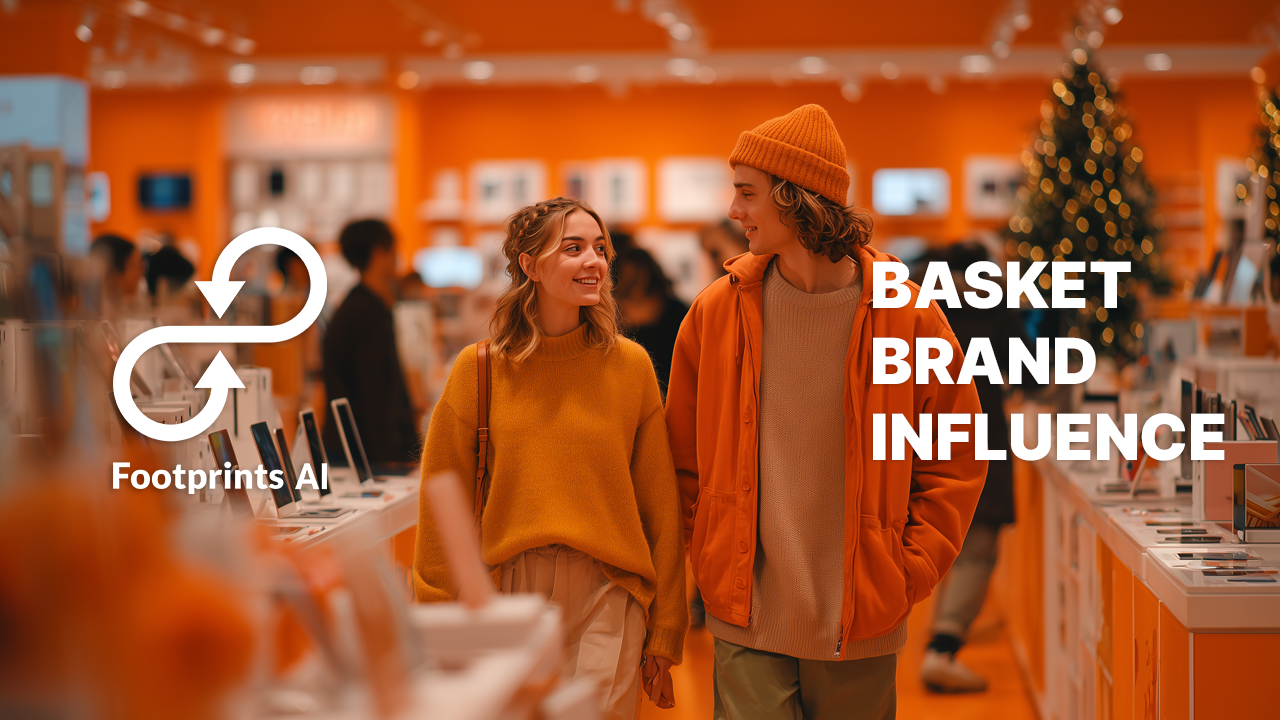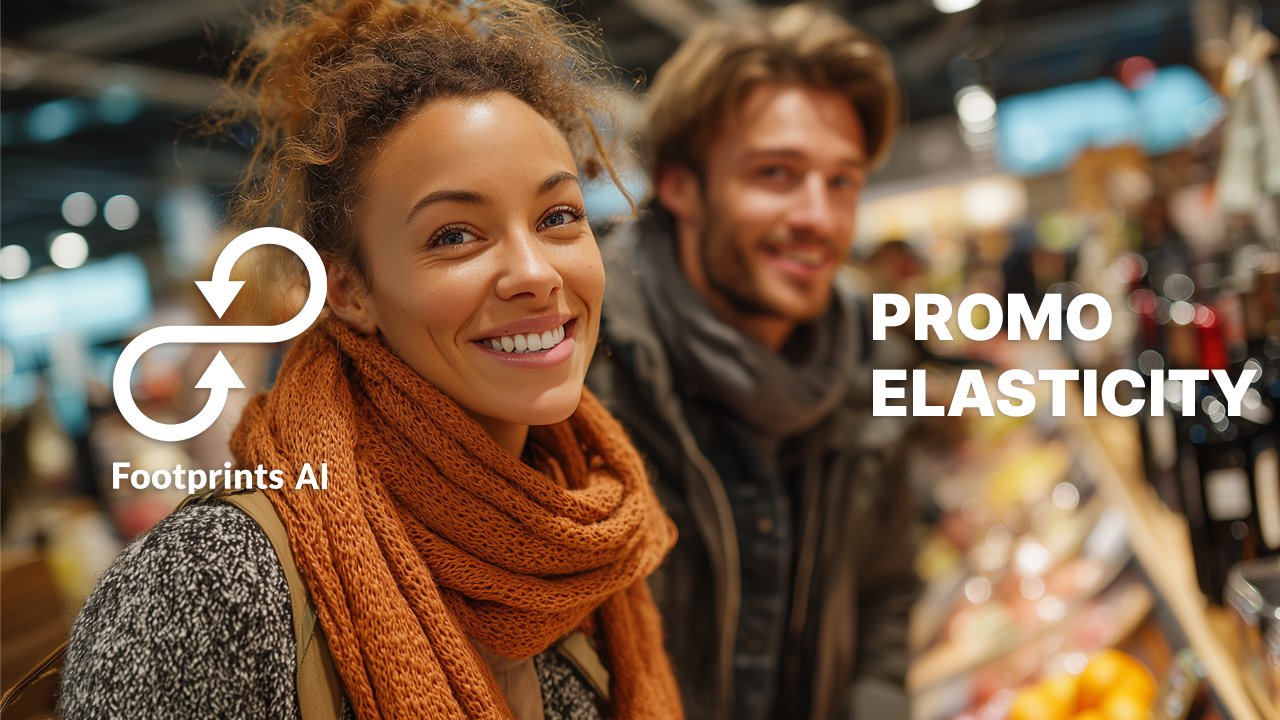Can you imagine how a cinema would look like if built and designed by Netflix?
Can you imagine how an automotive showroom would look like if built and designed by Uber?
The use of techniques such as data capture, data mining, data enrichment, Machine Learning & data visualization to find patterns or trends in data at individual customer level related to their physical shopping behavior. These patterns or trends are used to forecast future physical shopping behavior based on current or past behavior or the behavioral segment they are part of.
THE CONTEXT
Online services and digital products fundamentally changed the way we search, shop, or sell. This is the digital convenience.
This is why the corner shop is no longer enough. We now expect doorstep delivery of everything, and right now.
These new expectations create frustrations for all of us in the physical retail, and, to a certain extent, in the entire physical world.
The high degree of convenience delivered by the digital technologies powering the online retail relies on data & on automated recommendations who are trying to guess as precisely as possible what we need, what we want and when we want it. Think about the Netflix experience of getting movies recommendations vs. the TV Guide. Think about the Amazon.com experience of suggesting other products vs. the shop assistant.
The most valuable data used by these systems to be able to get very close to guessing our needs is the intention-based consumer behavior data, with some trade-offs regarding privacy and user perception.
This type of data is collected not by what we directly give to these applications, but mostly from what we do within these applications. So, our behavior is most important to these systems.
And this is because we know already there is a difference between what we say and what we do. And what we do is definitely more important than what we say.
The world of retail is split into 85/15: 85% of all shopping still happens in the physical retail. While 15% of shopping happens in the online. This split is even more towards the physical retail in most of the countries.
THE CHANGE
So, if we’d have to think about how much intention-based behavioral data is available at the moment to be used, we can say that the vast majority of data is within the physical retail environment.
With newest technologies, we can capture, anonymize, enrich, predict, cluster & visualize customers and their behaviors inside the physical retail.
This means we can start delivering the same degree of convenience when it comes to searching, shopping or selling in the physical retail, like the one we are used to, and we are delighted by within the most innovative digital applications.
THE OPPORTUNITY
From a business perspective, this translates into:
- Predictive Audiences based on their physical shopping behaviors.
- Priming Advertising that is being delivered to customers just before they would go shopping.
- Personalization at scale and within multiple touchpoints of the in-store shopping experience.
- Location & intent-based recommendations to replace searching of stores and products nearby.
- Retail Media which is truly omnichannel and is helping brands to send their marketing message to the right customer at the right time on the right channel based on their physical activity.
- Marketing to Sales Attribution which is truly omnichannel and successfully delivers a comprehensive understanding of what was the exact marketing dollar that drove each individual purchase within the physical retail and online.
Credits: Amazon Go







